This page contains affiliate links; we may receive compensation
Unlocking Canine Communication: A Comprehensive Guide to Dog Body Language
Summery
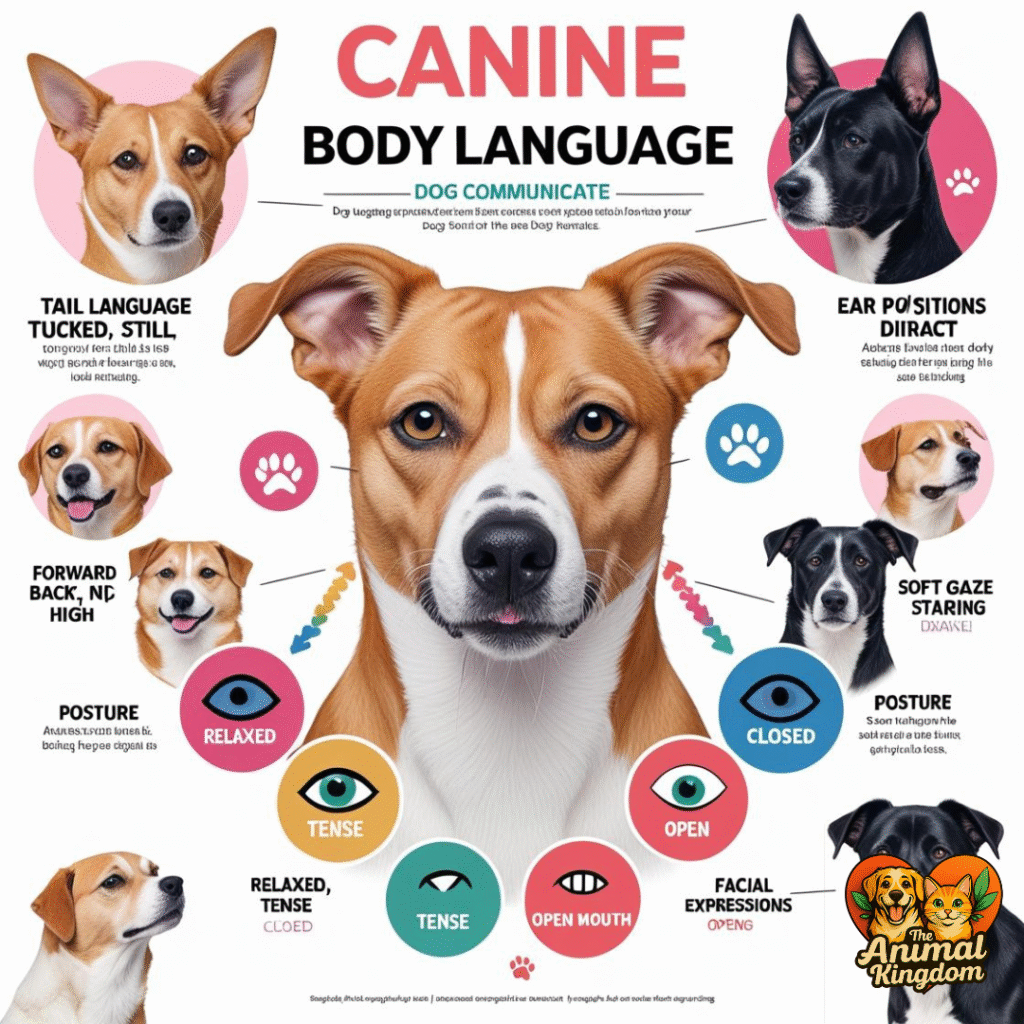
Dogs primarily convey their emotions, needs, and intentions through non-verbal cues, making body language a crucial aspect of canine communication. By deciphering these signals, you can foster a deeper bond with your dog, enhance your relationship, and improve overall communication. This guide explores the key facets of dog body language, including tail language, ear positions, eye contact, posture, and facial expressions, to help you better understand your furry friend.
The Language of Tails: Decoding Canine Emotions
A dog’s tail is a crucial emotional indicator, conveying a range of feelings, including excitement, friendliness, fear, and anxiety. By understanding tail language cues, you can better comprehend your dog’s emotional state and respond accordingly.
The Wagging Tail: A Sign of Excitement and Friendliness in Dogs
A wagging tail is one of the most recognizable and beloved dog behaviors, often signifying excitement, enthusiasm, or friendliness. The speed and amplitude of the wag can provide valuable insight into your dog’s emotional state, and understanding this cue can help you build a stronger bond with your furry friend.
What Does a Wagging Tail Mean?
A wagging tail can indicate a range of emotions, including:
- Excitement: A wagging tail often signifies excitement or enthusiasm, whether it’s due to playtime, treats, or social interactions.
- Friendliness: A wagging tail can also indicate friendliness and approachability, suggesting that your dog is open to interaction and connection.
- Level of excitement: The speed and amplitude of the wag can indicate the level of excitement, with faster wags often denoting greater enthusiasm
Understanding the Nuances of a Wagging Tail
By paying attention to the nuances of a wagging tail, you can gain a deeper understanding of your dog’s emotional state and respond accordingly. Here are some tips:
- Observe the context: Consider the situation and environment when interpreting your dog’s wagging tail.
- Pay attention to speed and amplitude: Note the speed and amplitude of the wag to gain insight into your dog’s level of excitement
- Respond with enthusiasm: When your dog’s tail is wagging, respond with enthusiasm and engagement to build a stronger bond
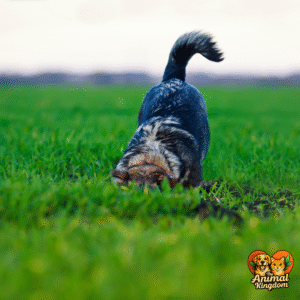
Understanding the Tucked Tail: A Sign of Fear or Anxiety in Dogs
A tucked tail can be a telling indicator of your dog’s emotional state, often signifying fear, anxiety, or submission. When a dog tucks their tail, it may suggest that they’re feeling nervous or intimidated, and it’s essential to recognize and respond to this cue.
What Does a Tucked Tail Mean?
A tucked tail can indicate a range of emotions, including:
- Fear: A tucked tail may suggest that your dog is feeling scared or threatened.
- Anxiety: A tucked tail can indicate that your dog is feeling anxious or uneasy.
- Submission: A tucked tail may also suggest submission or deference, indicating that your dog is feeling intimidated or overwhelmed.
Recognizing and Responding to a Tucked Tail
By recognizing a tucked tail, you can take steps to support your dog and help them feel more confident. Here are some tips:
- Provide a safe space: Create a safe and comfortable environment for your dog to reduce stress and anxiety.
- Gradual exposure: Gradually introduce your dog to new situations or environments to help them build confidence.
- Positive reinforcement: Reward your dog with positive reinforcement, such as treats and praise, to encourage confidence and calm behavior.

Still Tail: A Sign of Caution or Uncertainty in Dogs
A still tail can be a telling indicator of your dog’s emotional state, often signifying caution or uncertainty. When a dog’s tail is held still, it may suggest hesitation or doubt, indicating that they’re unsure about a particular situation or environment.
What Does a Still Tail Mean?
A still tail can be a subtle yet significant cue, revealing your dog’s emotional state. Some possible meanings of a still tail include:
- Caution: A still tail may indicate that your dog is exercising caution, carefully assessing a situation before deciding how to react.
- Uncertainty: A still tail can also suggest uncertainty or doubt, indicating that your dog is unsure about what’s happening or how to respond.
Recognizing and Responding to a Still Tail
By recognizing a still tail, you can take steps to support your dog and help them feel more confident. Here are some tips:
- Observe and assess: Take note of the situation and environment, trying to understand what’s causing your dog’s still tail.
- Provide reassurance: Offer calm, gentle reassurance to help your dog feel more at ease.
- Gradual exposure: Gradually introduce your dog to new situations or environments, helping them build confidence and become more comfortable.
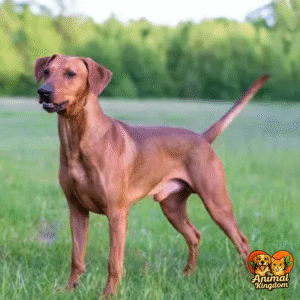
The Language of Ears: Unlocking Canine Signals and Emotions
A dog’s ears are an essential part of their non-verbal communication, conveying emotions and intentions that provide valuable insight into their emotional state. By understanding the different ear positions and movements, you can better comprehend your dog’s feelings and behaviors, strengthening your bond and improving your relationship.
Common Ear Positions and Their Meanings
Dogs use their ears to express a range of emotions, from interest and attention to fear and anxiety. Here are some common ear positions and their meanings:
- Ears Forward: When a dog’s ears are held forward, it often indicates interest, attention, or alertness. This ear position suggests that your dog is engaged and attentive, paying close attention to their surroundings.
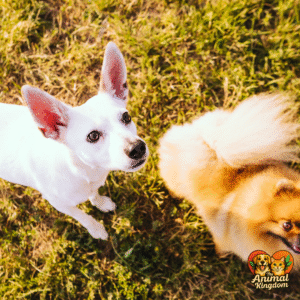
- Ears Back: Ears that are held back or flattened against the head can indicate fear, anxiety, or submission. This ear position suggests that your dog is feeling nervous or intimidated, and may be more likely to retreat or avoid confrontation.
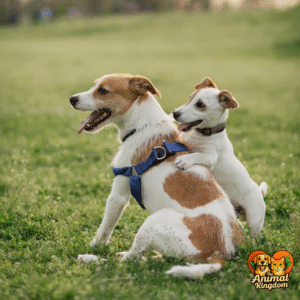
- Ears Held High: When a dog’s ears are held high, it can indicate confidence or dominance. This ear position suggests that your dog is feeling assertive and self-assured, and may be more likely to take charge or assert their authority.
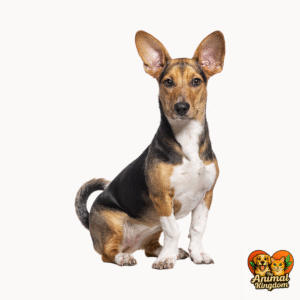
- Ear Movement: The movement and positioning of a dog’s ears can also convey emotions and intentions. For example, rapid ear movement or twitching can indicate anxiety or stress, while slow and deliberate ear movement can suggest calmness and relaxation.
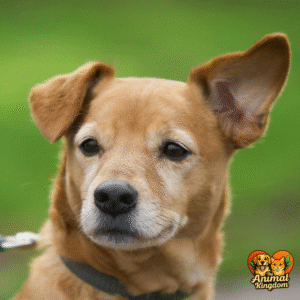
Understanding Ear Positions in Context
While ear positions can provide valuable insight into a dog’s emotional state, it’s essential to consider the context in which they are displayed. By taking into account the situation and environment, you can gain a more nuanced understanding of your dog’s feelings and behaviors.
– Observe the situation: Consider the situation and environment when interpreting your dog’s ear positions. For example, a dog that is feeling anxious in a new environment may display ears back, while a dog that is feeling confident in a familiar setting may display ears held high.
– Look for consistency: Consistency is key when interpreting ear positions. If your dog consistently displays a particular ear position in a specific situation, it may indicate a underlying emotional state or behavior.
– Consider other body language cues: Ear positions should be considered in conjunction with other body language cues, such as tail language, posture, and facial expressions. By taking a holistic approach to understanding canine body language, you can gain a more comprehensive understanding of your dog’s emotional state.The Importance of Understanding Ear Positions
Understanding ear positions and their meanings can have a significant impact on your relationship with your dog. By recognizing and responding to your dog’s emotional cues, you can:
– Improve communication: By understanding your dog’s ear positions and other body language cues, you can improve communication and reduce misunderstandings.
– Build trust: When you recognize and respond to your dog’s emotional needs, you can build trust and strengthen your bond.
– Enhance training: Understanding ear positions and other body language cues can also enhance training and behavior modification. By recognizing and responding to your dog’s emotional state, you can tailor your training approach to meet their individual needs.
The Power of Eye Contact: Unlocking Canine Emotions
Eye contact is a vital aspect of dog body language, conveying emotions and intentions that can help you better understand your furry friend. By recognizing and interpreting canine eye contact cues, you can gain valuable insight into your dog’s emotional state and respond accordingly.
The Language of Eye Contact
Dogs use eye contact to communicate a range of emotions, from confidence and assertiveness to fear and submission. Here are some common eye contact cues and their meanings:
- Direct Eye Contact: Direct eye contact can indicate confidence, assertiveness, or aggression. When a dog maintains direct eye contact, it may suggest that they’re feeling confident or dominant. However, in some cases, direct eye contact can also be a challenge or threat.
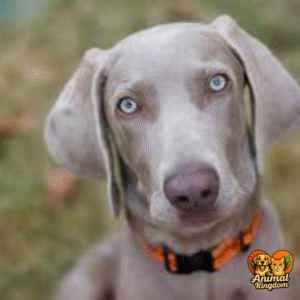
- Avoiding Eye Contact: Avoiding eye contact can indicate fear, submission, or anxiety. When a dog avoids eye contact, it may suggest that they’re feeling nervous or intimidated. This cue can be particularly important in social situations or when introducing your dog to new people or environments.

- Soft Gaze: A soft gaze can indicate relaxation or trust. When a dog’s gaze is soft and relaxed, it may suggest that they’re feeling calm and at ease. This cue can be a good indicator of your dog’s emotional state in a given situation.
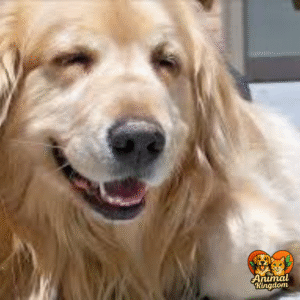
- Staring: Staring can indicate aggression or dominance. When a dog stares intensely, it may suggest that they’re feeling assertive or threatened. It’s essential to recognize this cue and respond appropriately to avoid escalating the situa
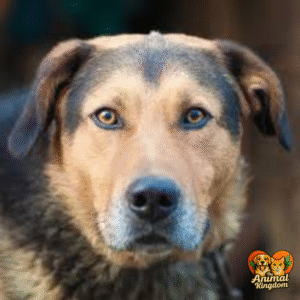
Understanding the Context of Eye Contact
While eye contact cues can provide valuable insight into a dog’s emotional state, it’s essential to consider the context in which they’re displayed. By taking into account the situation and environment, you can gain a more nuanced understanding of your dog’s feelings and behaviors.
- Observe the situation: Consider the situation and environment when interpreting your dog’s eye contact cues. For example, a dog that is feeling confident in a familiar environment may display direct eye contact, while a dog that is feeling anxious in a new environment may avoid eye contact.
- Look for consistency: Consistency is key when interpreting eye contact cues. If your dog consistently displays a particular eye contact cue in a specific situation, it may indicate an underlying emotional state or behavior.
- Consider other body language cues: Eye contact cues should be considered in conjunction with other body language cues, such as ear positions, tail language, and posture. By taking a holistic approach to understanding canine body language, you can gain a more comprehensive understanding of your dog’s emotional state.
- The Importance of Understanding Eye Contact
Understanding eye contact cues can have a significant impact on your relationship with your dog. By recognizing and responding to your dog’s emotional cues, you can:
- Improve communication: By understanding your dog’s eye contact cues, you can improve communication and reduce misunderstandings.
- Build trust: When you recognize and respond to your dog’s emotional needs, you can build trust and strengthen your bond.
- Enhance training: Understanding eye contact cues can also enhance training and behavior modification. By recognizing and responding to your dog’s emotional state, you can tailor your training approach to meet their individual needs.
The Language of Posture: Unlocking Canine Emotions
A dog’s posture is a vital aspect of their body language, conveying emotions and intentions that can help you better understand their emotional state. By recognizing and interpreting canine posture cues, you can gain valuable insight into your dog’s feelings and behaviors.
The Importance of Posture in Canine Communication
Dogs use posture to communicate a range of emotions, from comfort and relaxation to stress and anxiety. By understanding the different posture cues, you can better comprehend your dog’s emotional state and respond accordingly.
Common Posture Cues and Their Meanings
Here are some common posture cues and their meanings:
- Relaxed Posture: A relaxed posture can indicate comfort, trust, or relaxation. When a dog’s posture is relaxed, it may suggest that they’re feeling calm and at ease. This cue can be a good indicator of your dog’s emotional state in a given situation.
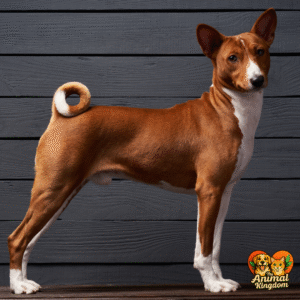
- Tense Posture: A tense posture can indicate fear, anxiety, or aggression. When a dog’s posture is tense, it may suggest that they’re feeling stressed or threatened. This cue can be particularly important in social situations or when introducing your dog to new people or environments.
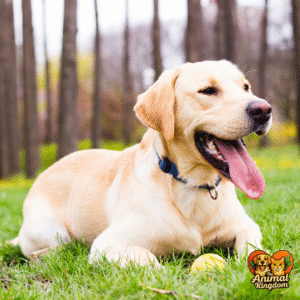
- Open Posture: An open posture can indicate confidence or friendliness. When a dog’s posture is open, it may suggest that they’re feeling approachable and confident. This cue can be a good indicator of your dog’s emotional state in social situations.
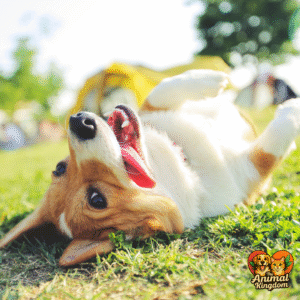
- Closed Posture: A closed posture can indicate fear, anxiety, or submission. When a dog’s posture is closed, it may suggest that they’re feeling nervous or intimidated. This cue can be particularly important in situations where your dog may feel vulnerable or threatened.
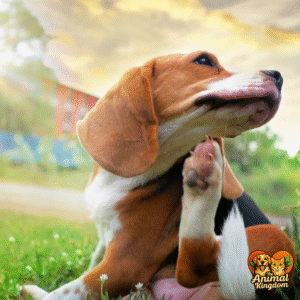
Understanding the Context of Posture
While posture cues can provide valuable insight into a dog’s emotional state, it’s essential to consider the context in which they’re displayed. By taking into account the situation and environment, you can gain a more nuanced understanding of your dog’s feelings and behaviors.
Observe the situation: Consider the situation and environment when interpreting your dog’s posture cues. For example, a dog that is feeling relaxed in a familiar environment may display relaxed posture, while a dog that is feeling anxious in a new environment may display tense posture.
- Look for consistency: Consistency is key when interpreting posture cues. If your dog consistently displays a particular posture cue in a specific situation, it may indicate an underlying emotional state or behavior.
Consider other body language cues: Posture cues should be considered in conjunction with other body language cues, such as eye contact, ear positions, and tail language. By taking a holistic approach to understanding canine body language, you can gain a more comprehensive understanding of your dog’s emotional state.
The Importance of Understanding Posture
Understanding posture cues can have a significant impact on your relationship with your dog. By recognizing and responding to your dog’s emotional cues, you can:
- Improve communication: By understanding your dog’s posture cues, you can improve communication and reduce misunderstandings.
- Build trust: When you recognize and respond to your dog’s emotional needs, you can build trust and strengthen your bond.
Enhance training: Understanding posture cues can also enhance training and behavior modification. By recognizing and responding to your dog’s emotional state, you can tailor your training approach to meet their individual needs.
The Language of Facial Expressions: Unlocking Canine Emotions
A dog’s facial expressions are a vital aspect of their non-verbal communication, conveying emotions and intentions that can help you better understand their emotional state. By recognizing and interpreting canine facial cues, you can gain valuable insight into your dog’s feelings and behaviors.
The Importance of Facial Expressions in Canine Communication
Dogs use facial expressions to communicate a range of emotions, from happiness and calmness to stress and anxiety. By understanding the different facial cues, you can better comprehend your dog’s emotional state and respond accordingly.
Common Facial Cues and Their Meanings
Here are some common facial cues and their meanings:
- Relaxed Face: A relaxed face can indicate happiness, calmness, or contentment. When a dog’s face is relaxed, it may suggest that they’re feeling calm and happy. This cue can be a good indicator of your dog’s emotional state in a given situation.

- Tense Face: A tense face can indicate stress, anxiety, or fear. When a dog’s face is tense, it may suggest that they’re feeling stressed or threatened. This cue can be particularly important in social situations or when introducing your dog to new people or environments.

- Open Mouth: An open mouth can indicate relaxation or excitement. When a dog’s mouth is open, it may suggest that they’re feeling calm and enthusiastic. This cue can be a good indicator of your dog’s emotional state in playful or social situations.
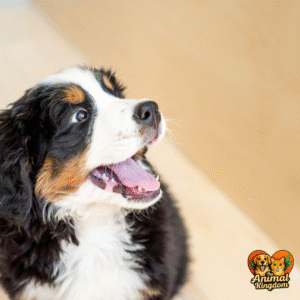
- Closed Mouth: A closed mouth can indicate tension or anxiety. When a dog’s mouth is closed, it may suggest that they’re feeling stressed or nervous. This cue can be particularly important in situations where your dog may feel vulnerable or threatened.
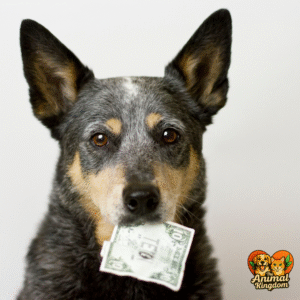
Understanding the Context of Facial Expressions
While facial cues can provide valuable insight into a dog’s emotional state, it’s essential to consider the context in which they’re displayed. By taking into account the situation and environment, you can gain a more nuanced understanding of your dog’s feelings and behaviors.
- Observe the situation: Consider the situation and environment when interpreting your dog’s facial cues. For example, a dog that is feeling relaxed in a familiar environment may display a relaxed face, while a dog that is feeling anxious in a new environment may display a tense face.
- Look for consistency: Consistency is key when interpreting facial cues. If your dog consistently displays a particular facial cue in a specific situation, it may indicate an underlying emotional state or behavior.
- Consider other body language cues: Facial cues should be considered in conjunction with other body language cues, such as posture, eye contact, and tail language. By taking a holistic approach to understanding canine body language, you can gain a more comprehensive understanding of your dog’s emotional state.
–
The Importance of Understanding Facial Expressions
Understanding facial expressions can have a significant impact on your relationship with your dog. By recognizing and responding to your dog’s emotional cues, you can:
- Improve communication: By understanding your dog’s facial cues, you can improve communication and reduce misunderstandings.
- Build trust: When you recognize and respond to your dog’s emotional needs, you can build trust and strengthen your bond.
- Enhance training: Understanding facial cues can also enhance training and behavior modification. By recognizing and responding to your dog’s emotional state, you can tailor your training approach to meet their individual needs.
Final Verdict:
Understanding dog body language is crucial for building a strong and healthy relationship with your furry friend. By recognizing and interpreting your dog’s facial cues, tail language, ear positions, and posture, you can better comprehend their emotions and respond to their needs. At The Animal Kingdom, we’re committed to providing you with the knowledge and resources you need to care for your dog and strengthen your bond.
Frequently Asked Questions (FAQs):
Q: Why is dog body language important?
A: Dog body language is essential for understanding your dog’s emotions and needs. By recognizing and interpreting their body language, you can build a stronger relationship with your dog and respond to their needs.
Q: What are some common dog body language cues?
A: Common dog body language cues include tail wagging, ear positions, facial expressions, and posture. Each of these cues can provide valuable insight into your dog’s emotional state.
Q: How can I learn to interpret my dog’s body language?
A: Learning to interpret your dog’s body language takes time and practice. Start by observing your dog’s behavior and body language in different situations. You can also consult with a professional dog trainer or behaviorist for personalized guidance.
Why We Trust The Animal Kingdom:
At The Animal Kingdom, we’re passionate about providing accurate and helpful information about animal care and behavior. Here’s why you can trust us:
- Expertise: Our content is written and reviewed by experts in animal behavior and care.
- Research-based: Our content is based on the latest research and studies in animal behavior and care.
- Comprehensive: We provide comprehensive and in-depth information on a wide range of topics related to animal care and behavior.
- Trustworthy: We’re committed to providing trustworthy and unbiased information to help you make informed decisions about your pet’s care
By trusting The Animal Kingdom, you can feel confident that you’re getting accurate and helpful information to care for your furry friend.










